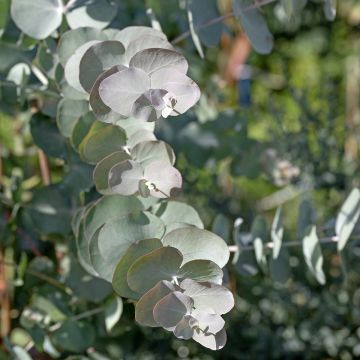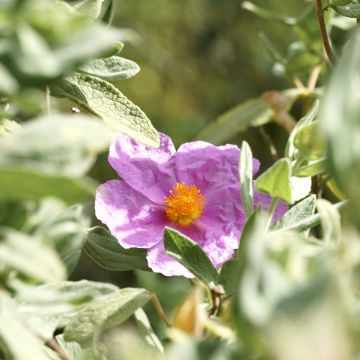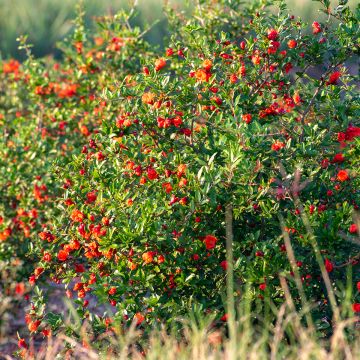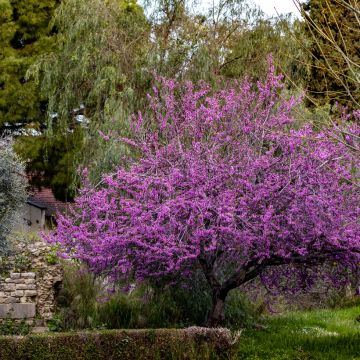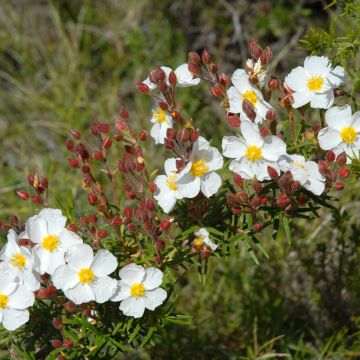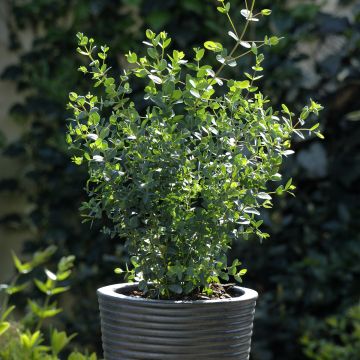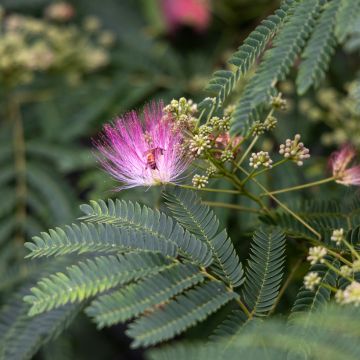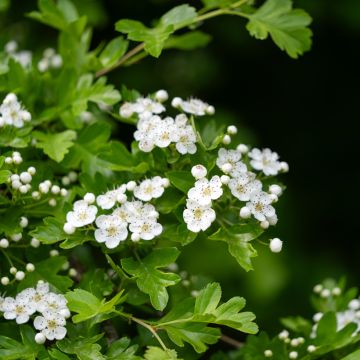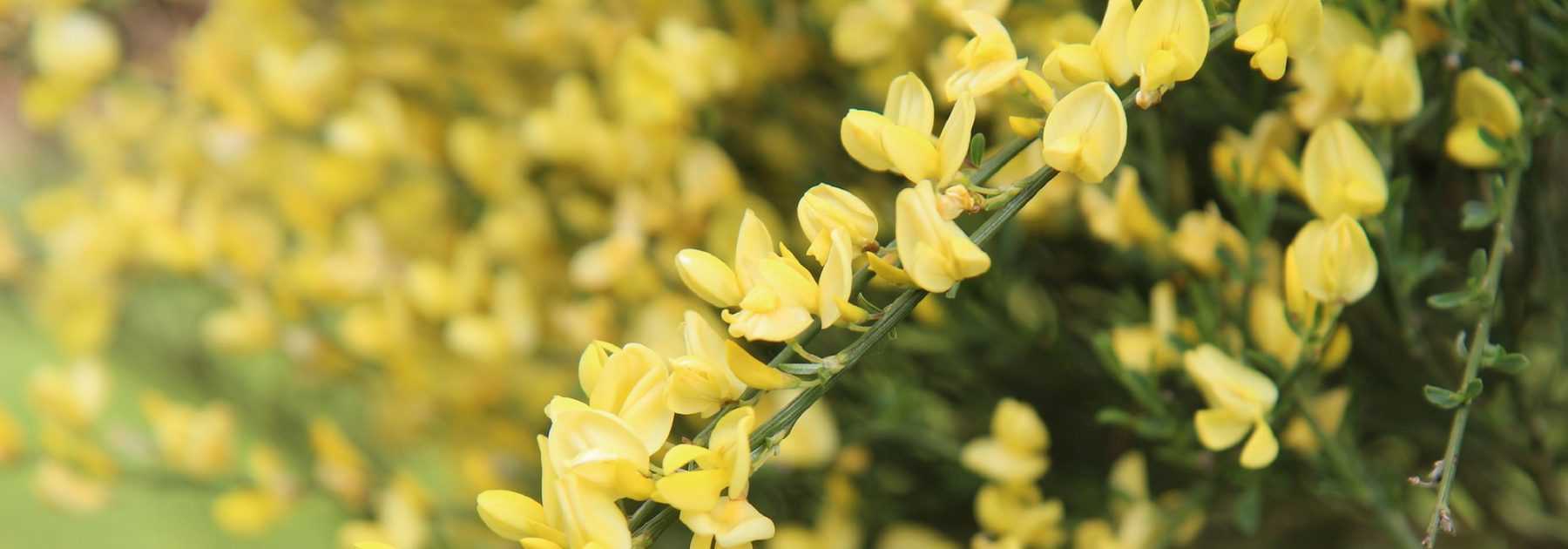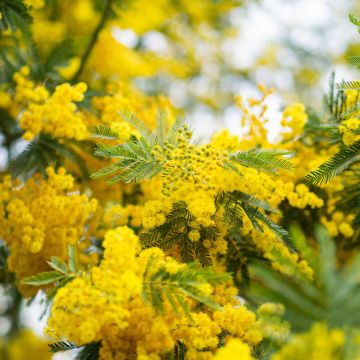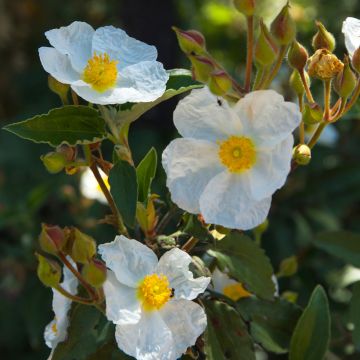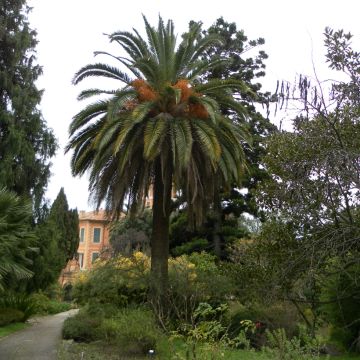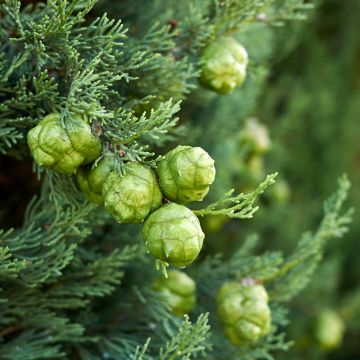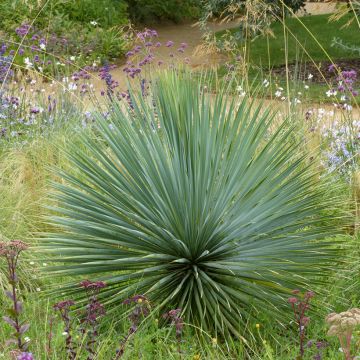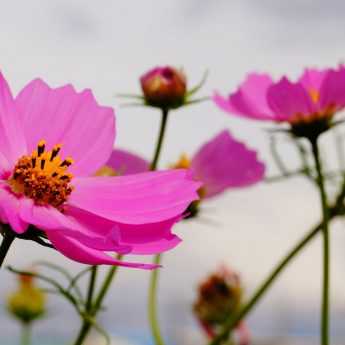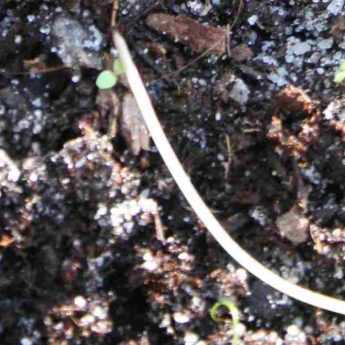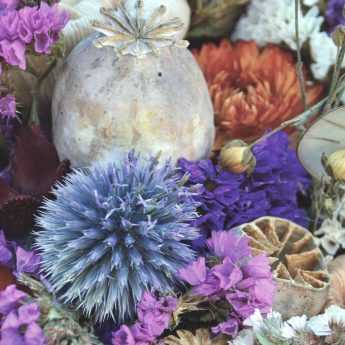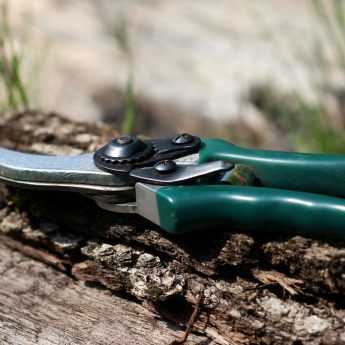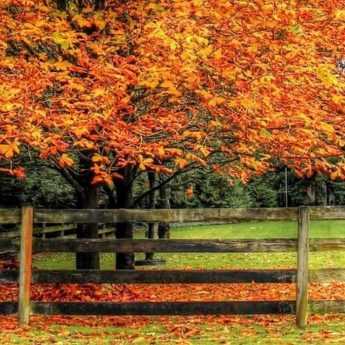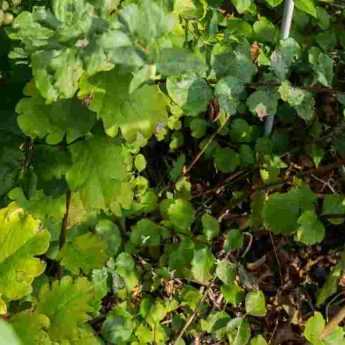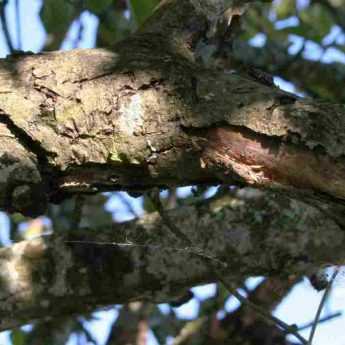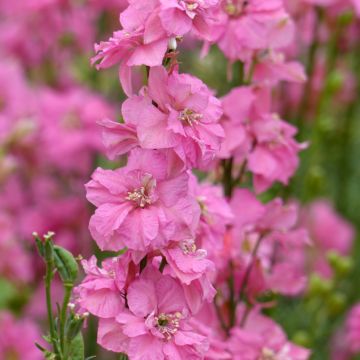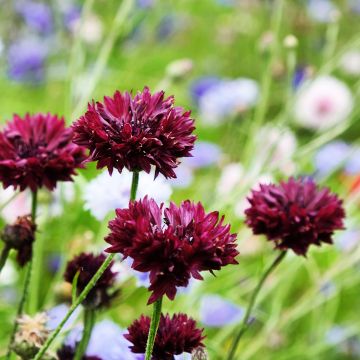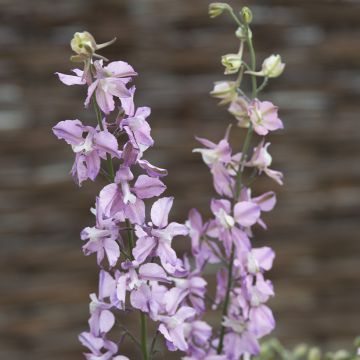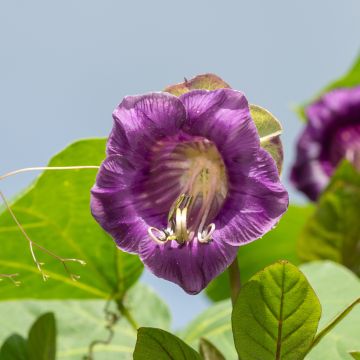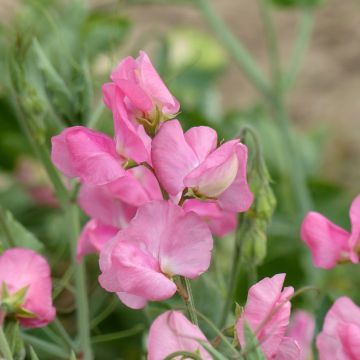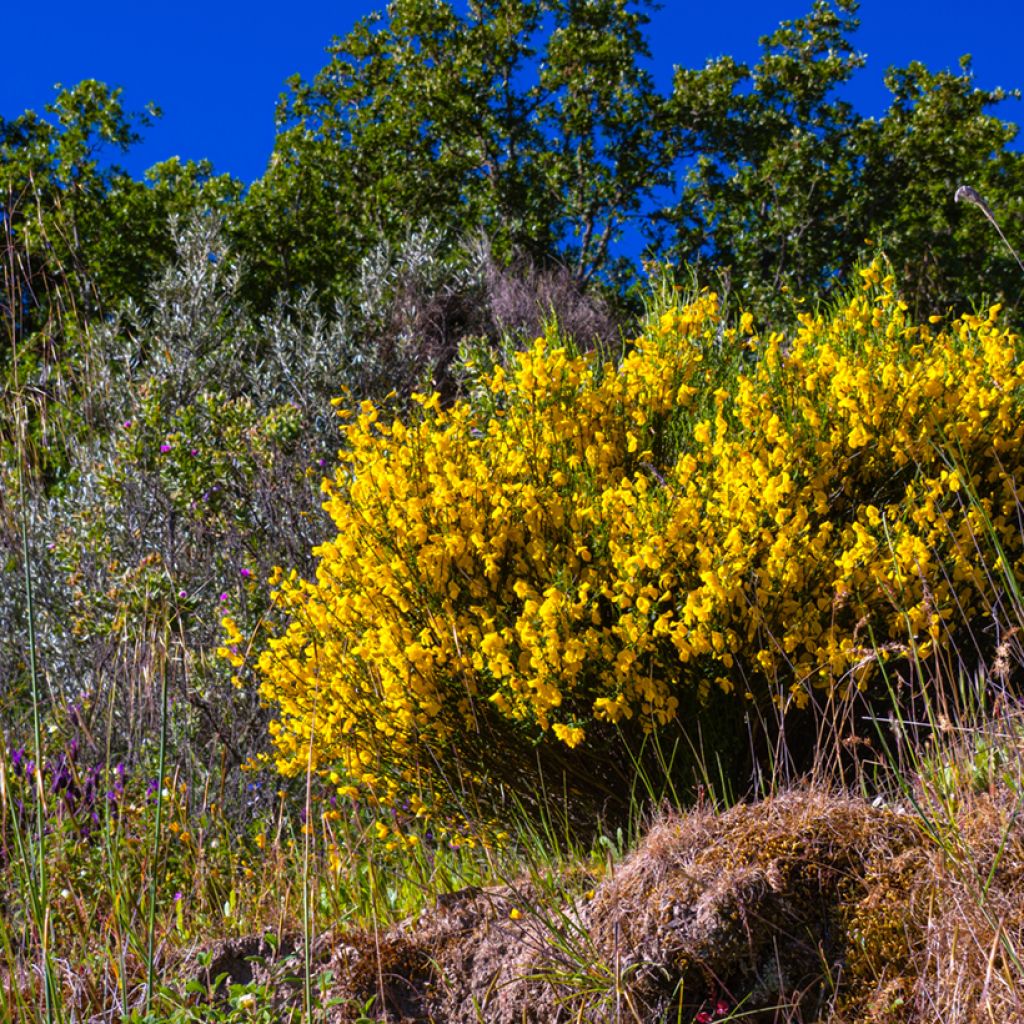

Cytisus scoparius seeds - Common broom
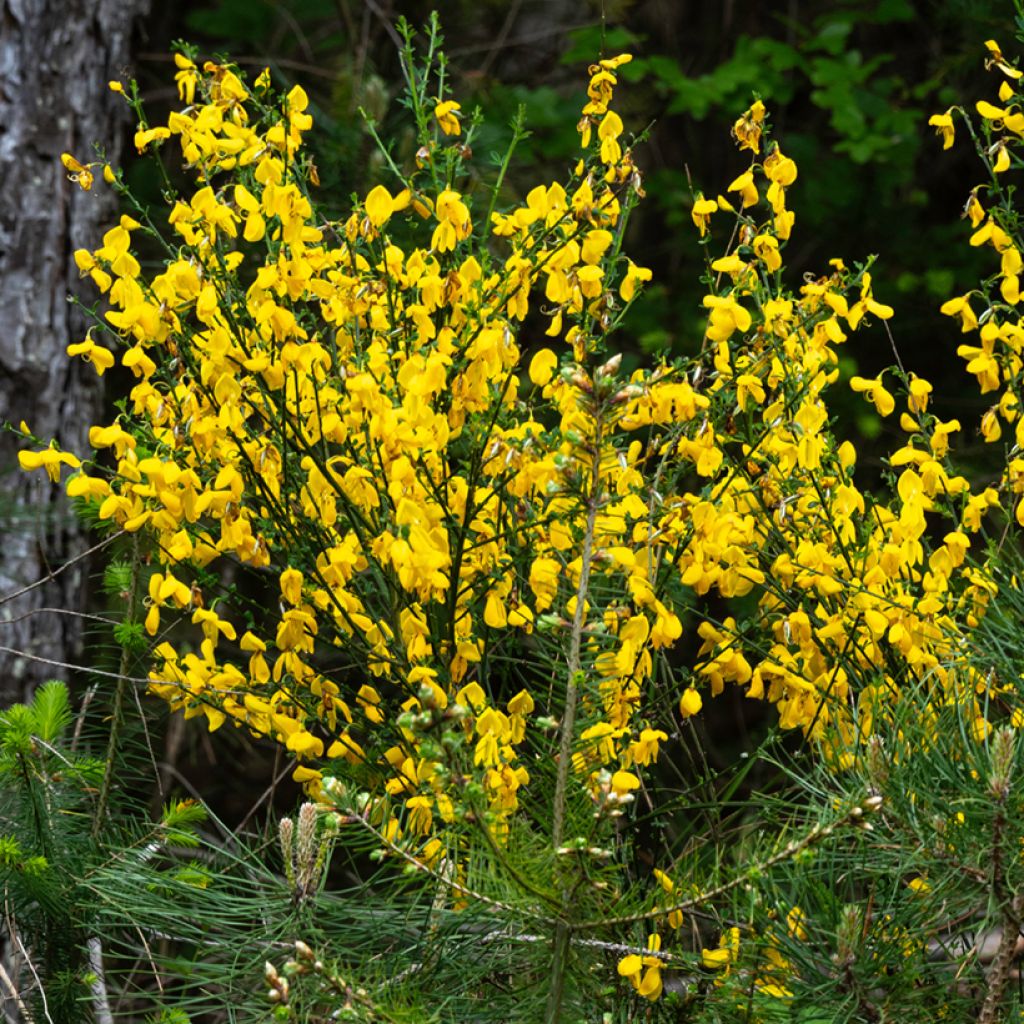

Cytisus scoparius seeds - Common broom
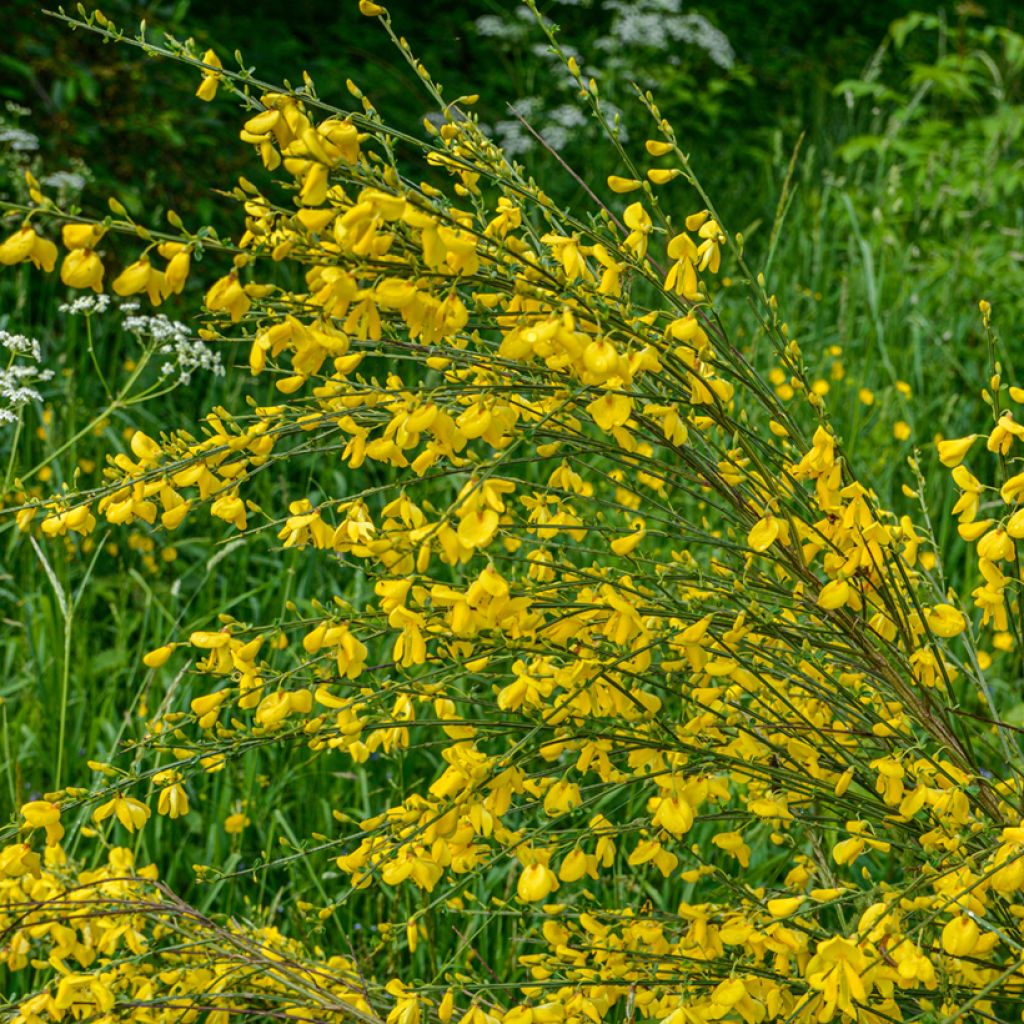

Cytisus scoparius seeds - Common broom
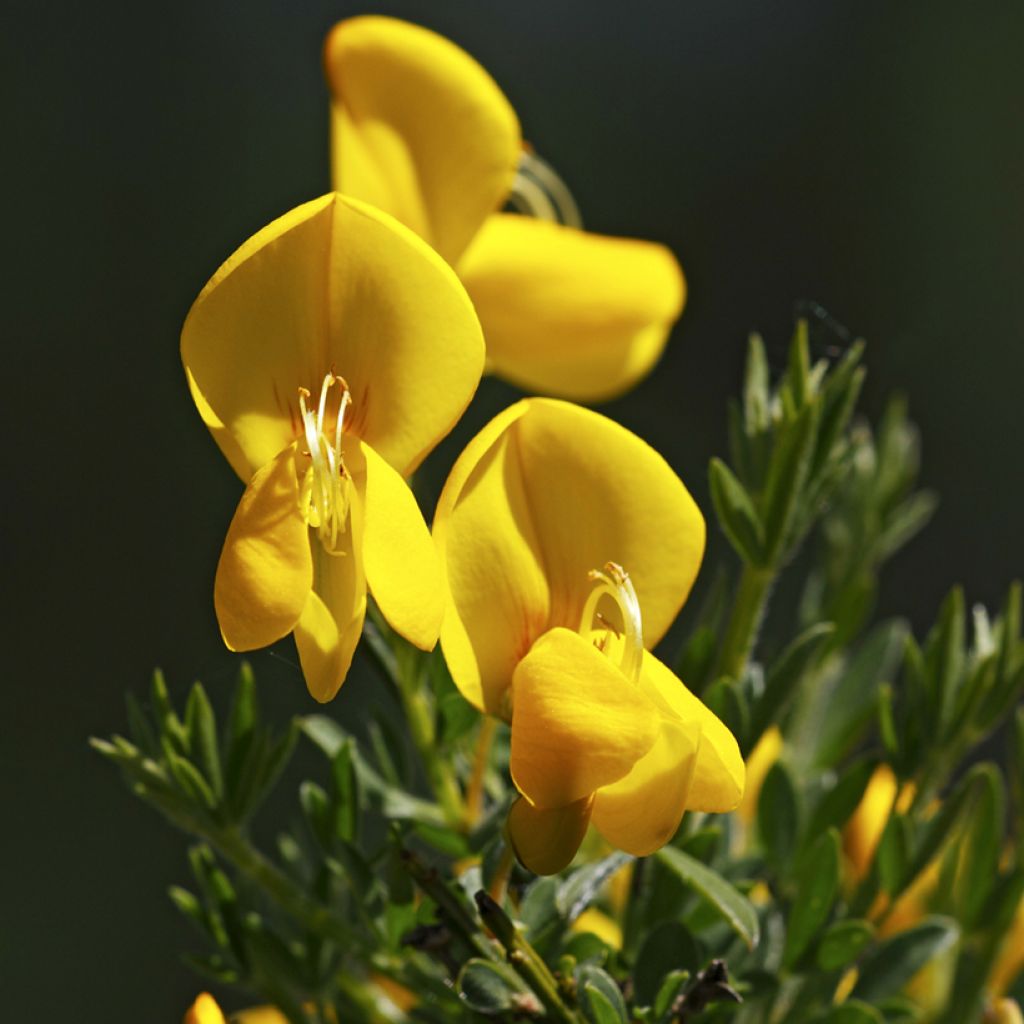

Cytisus scoparius seeds - Common broom
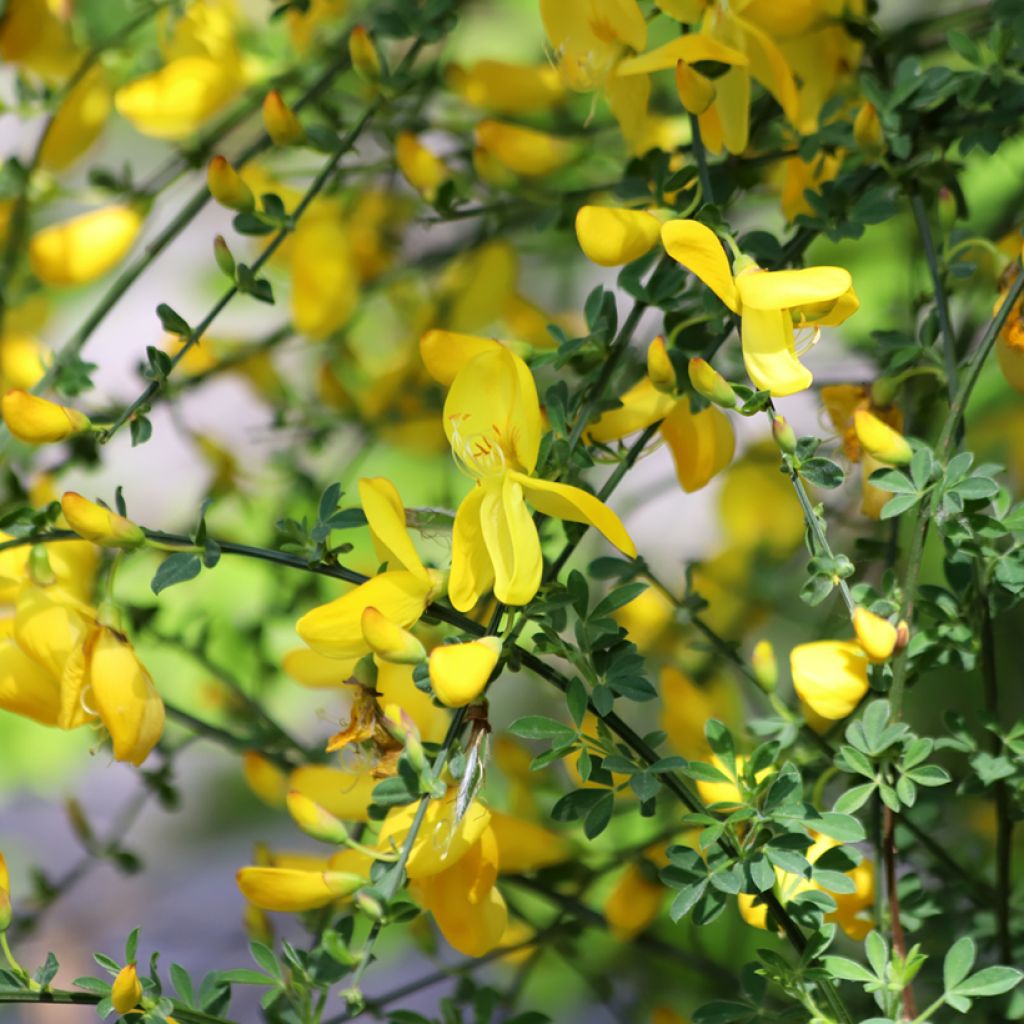

Cytisus scoparius seeds - Common broom
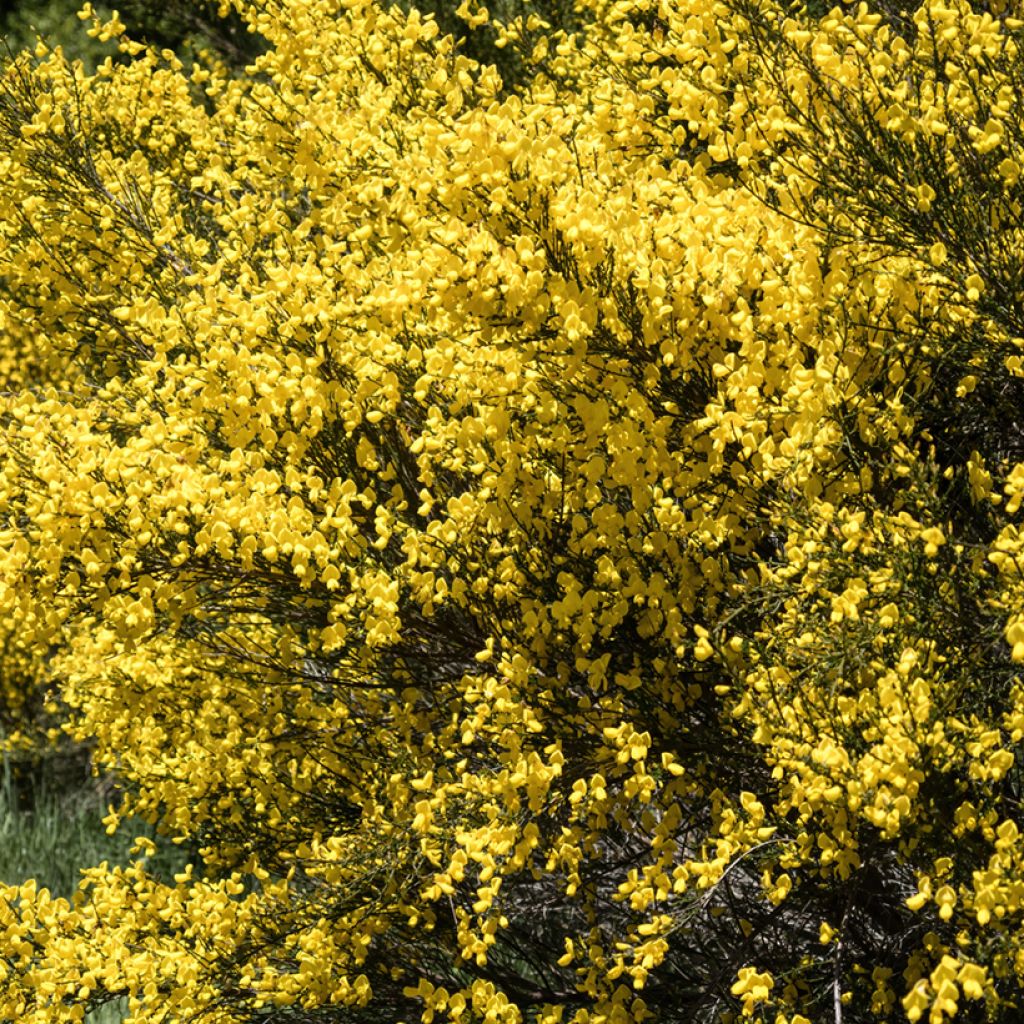

Cytisus scoparius seeds - Common broom
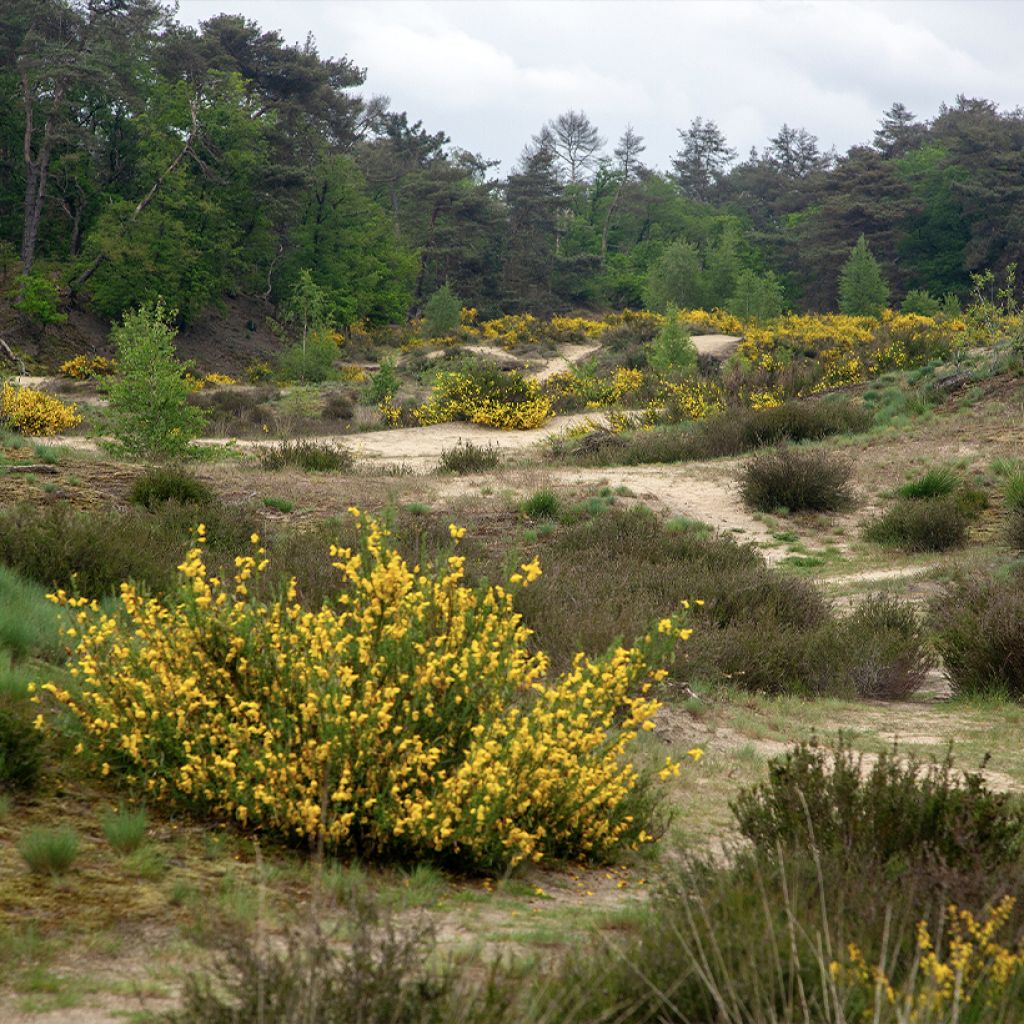

Cytisus scoparius seeds - Common broom
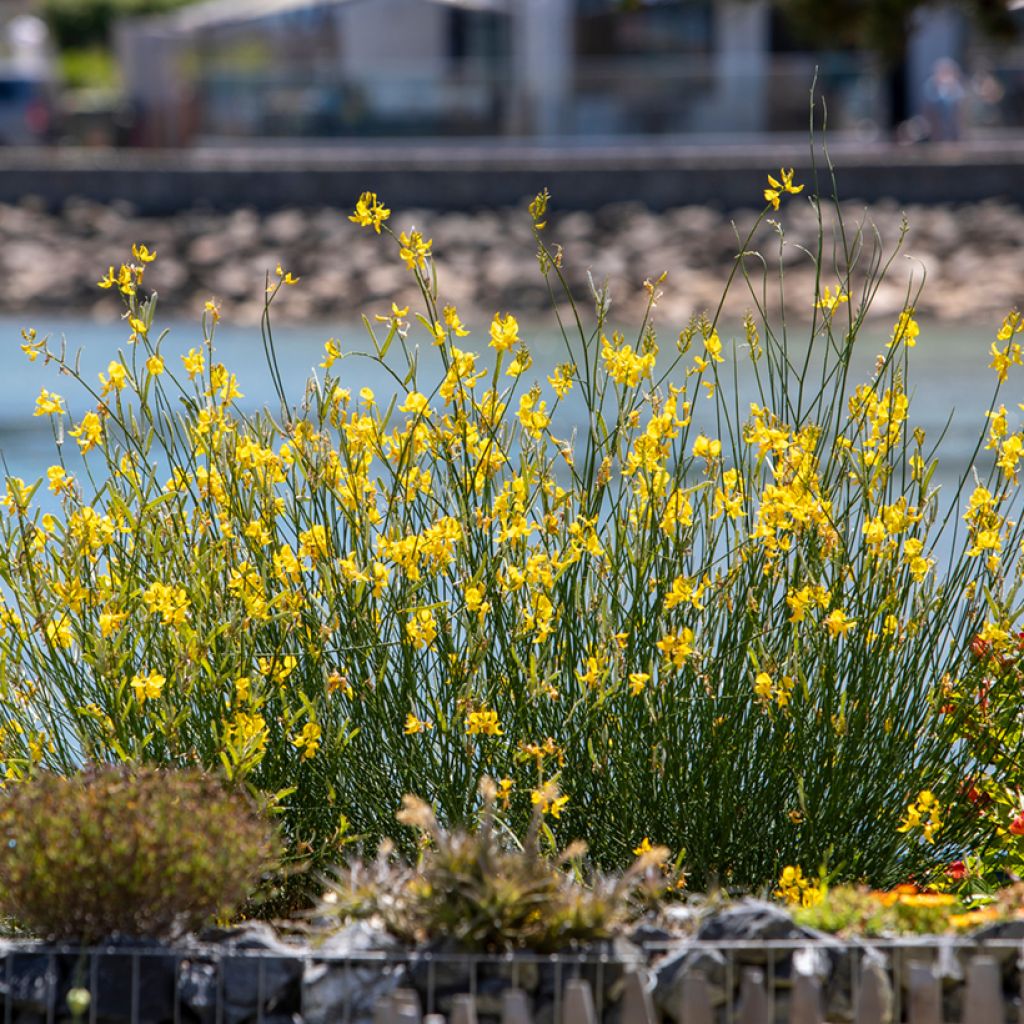

Cytisus scoparius seeds - Common broom
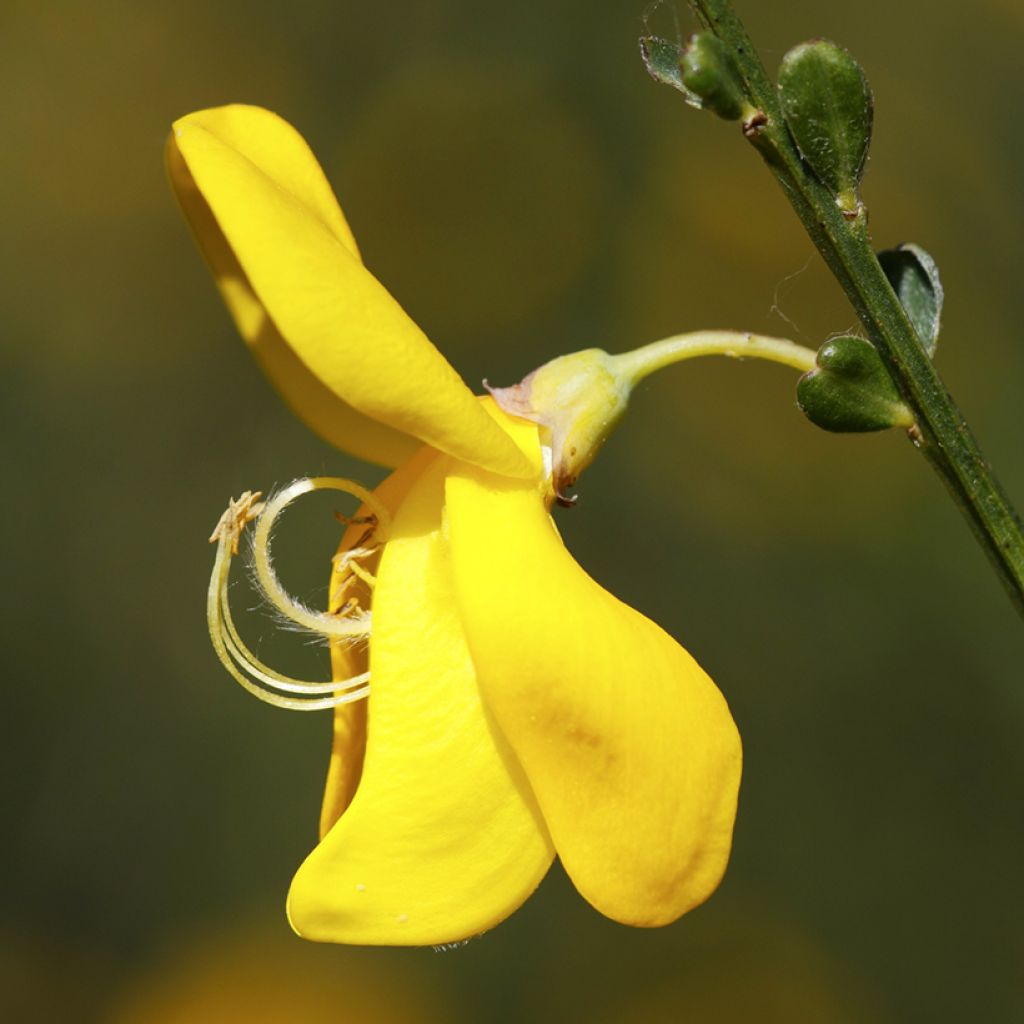

Cytisus scoparius seeds - Common broom
Cytisus scoparius seeds - Common broom
Cytisus scoparius
Genêt à balais, Cytise à balais, Genettier, Grand genêt, Juniesse, Spartier à balais
Why not try an alternative variety in stock?
View all →This plant carries a 6 months recovery warranty
More information
We guarantee the quality of our plants for a full growing cycle, and will replace at our expense any plant that fails to recover under normal climatic and planting conditions.
Does this plant fit my garden?
Set up your Plantfit profile →
Description
Common Broom, or Cytisus scoparius, is an iconic bush of European landscapes, prized for its sunny flowering and ease of cultivation. Its bright yellow flowering adds a beautiful splash of colour to the garden in late spring, particularly in natural gardens or country hedgerows. Its rapid growth and ability to thrive in poor soils make it an ally for restoring degraded land, in acidic to slightly calcareous terrain.
Belonging to the Fabaceae family, Cytisus scoparius is native to Western and Central Europe, with its range extending from North Africa to Scandinavia, including the British Isles and Ukraine. In its natural habitat, it is commonly found in heathlands, forest clearings, and roadsides, often on acidic, well-drained soils. The name "scoparius" derives from the Latin "scopa," meaning "broom," referencing the traditional use of its branches for making brooms. Common Broom has an upright habit with main stems reaching up to 5 cm in diameter. It typically grows to an average height of 2 m with a spread of about 1.5 m. Its growth is rapid, around 30 to 50 cm per year. Its green, angular, smooth branches are characteristic, as are its very small trifoliate leaves with 0.5 to 2 cm long leaflets, usually hairy on the underside. The leaves drop early in the season, before the summer heat arrives. The flowering period, spanning from May to June, produces bright yellow flowers measuring 2 to 2.5 cm long, arranged singly or in pairs at the leaf axils. The flowering is visited intensely by bees and other pollinating insects. The fruits are flat, black pods, up to 6 cm long, hairy only along the edges, which burst when ripe to disperse the seeds. This bush has a taproot, allowing it to draw water from deep underground. It is also capable of fixing atmospheric nitrogen thanks to symbiotic nodules. Broom enriches the surrounding soil. Its lifespan varies depending on environmental conditions and care, generally living between 10 and 20 years.
In the garden, Common Broom is ideal for creating informal hedges or stabilising slopes. It pairs beautifully in shrub borders alongside the White Butterfly Bush Buddleja davidii 'White Profusion', Kolkwitzia amabilis 'Pink Cloud', which blooms pink at the same time as the broom, and Oleaster (Elaeagnus ebbingei), valued for its evergreen foliage and hardiness. These combinations create attractive, low-maintenance displays while promoting garden biodiversity.
Cytisus scoparius seeds - Common broom in pictures


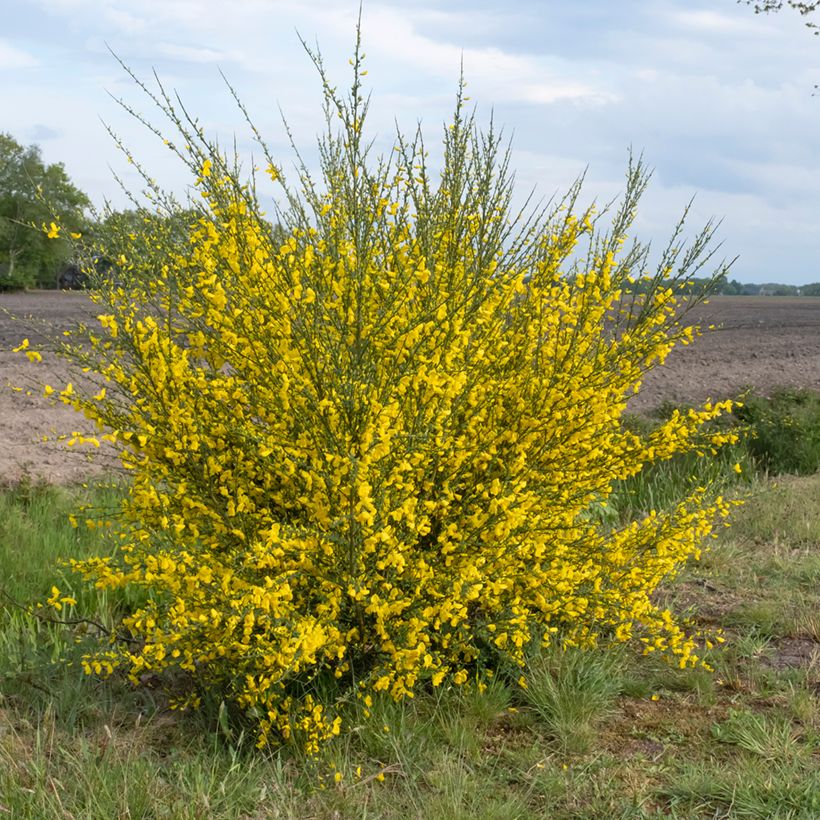

Flowering
Foliage
Plant habit
Botanical data
Cytisus
scoparius
Fabaceae
Genêt à balais, Cytise à balais, Genettier, Grand genêt, Juniesse, Spartier à balais
Cytisus scoparius var. prostratus, Cytisus scoparius var. sulphureus, Sarothamnus vulgaris, Sarothamnus scoparius var. prostratus, Genista andreana, Sarothamnus scoparius, Cytisus scoparius subsp. andreanus, Genista scoparia
Western Europe, Central Europe
Other Tree seeds
View all →Planting and care
Sow Broom (Cytisus scoparius) in spring.
The seeds need to be scarified before sowing to break their dormancy. This involves lightly rubbing the seeds on sandpaper or soaking them in hot water, then leaving them in cold water for 48 hours. Afterwards, the seeds should be sown in individual pots or seed trays filled with a light, well-draining substrate, such as a mix of compost and sand. Place the sowings in a bright location and keep the substrate slightly moist. Germination usually occurs within 2 to 4 weeks, but it can sometimes take up to 6 weeks depending on temperature and humidity conditions.
When the young plants reach about 10 cm in height and the risk of frost has passed, they can be transplanted into the ground. Choose a sunny spot in well-drained, acidic to neutral, or even slightly alkaline soil. Once established, Broom tolerates drought well, but regular watering during the first few months after planting will encourage root development. It requires little maintenance, apart from light pruning after flowering to maintain a compact habit and stimulate the following year's blooms.
Sowing period
Intended location
Planting & care advice
This item has not been reviewed yet - be the first to leave a review about it.
Similar products
Haven't found what you were looking for?
Hardiness is the lowest winter temperature a plant can endure without suffering serious damage or even dying. However, hardiness is affected by location (a sheltered area, such as a patio), protection (winter cover) and soil type (hardiness is improved by well-drained soil).

Photo Sharing Terms & Conditions
In order to encourage gardeners to interact and share their experiences, Promesse de fleurs offers various media enabling content to be uploaded onto its Site - in particular via the ‘Photo sharing’ module.
The User agrees to refrain from:
- Posting any content that is illegal, prejudicial, insulting, racist, inciteful to hatred, revisionist, contrary to public decency, that infringes on privacy or on the privacy rights of third parties, in particular the publicity rights of persons and goods, intellectual property rights, or the right to privacy.
- Submitting content on behalf of a third party;
- Impersonate the identity of a third party and/or publish any personal information about a third party;
In general, the User undertakes to refrain from any unethical behaviour.
All Content (in particular text, comments, files, images, photos, videos, creative works, etc.), which may be subject to property or intellectual property rights, image or other private rights, shall remain the property of the User, subject to the limited rights granted by the terms of the licence granted by Promesse de fleurs as stated below. Users are at liberty to publish or not to publish such Content on the Site, notably via the ‘Photo Sharing’ facility, and accept that this Content shall be made public and freely accessible, notably on the Internet.
Users further acknowledge, undertake to have ,and guarantee that they hold all necessary rights and permissions to publish such material on the Site, in particular with regard to the legislation in force pertaining to any privacy, property, intellectual property, image, or contractual rights, or rights of any other nature. By publishing such Content on the Site, Users acknowledge accepting full liability as publishers of the Content within the meaning of the law, and grant Promesse de fleurs, free of charge, an inclusive, worldwide licence for the said Content for the entire duration of its publication, including all reproduction, representation, up/downloading, displaying, performing, transmission, and storage rights.
Users also grant permission for their name to be linked to the Content and accept that this link may not always be made available.
By engaging in posting material, Users consent to their Content becoming automatically accessible on the Internet, in particular on other sites and/or blogs and/or web pages of the Promesse de fleurs site, including in particular social pages and the Promesse de fleurs catalogue.
Users may secure the removal of entrusted content free of charge by issuing a simple request via our contact form.
The flowering period indicated on our website applies to countries and regions located in USDA zone 8 (France, the United Kingdom, Ireland, the Netherlands, etc.)
It will vary according to where you live:
- In zones 9 to 10 (Italy, Spain, Greece, etc.), flowering will occur about 2 to 4 weeks earlier.
- In zones 6 to 7 (Germany, Poland, Slovenia, and lower mountainous regions), flowering will be delayed by 2 to 3 weeks.
- In zone 5 (Central Europe, Scandinavia), blooming will be delayed by 3 to 5 weeks.
In temperate climates, pruning of spring-flowering shrubs (forsythia, spireas, etc.) should be done just after flowering.
Pruning of summer-flowering shrubs (Indian Lilac, Perovskia, etc.) can be done in winter or spring.
In cold regions as well as with frost-sensitive plants, avoid pruning too early when severe frosts may still occur.
The planting period indicated on our website applies to countries and regions located in USDA zone 8 (France, United Kingdom, Ireland, Netherlands).
It will vary according to where you live:
- In Mediterranean zones (Marseille, Madrid, Milan, etc.), autumn and winter are the best planting periods.
- In continental zones (Strasbourg, Munich, Vienna, etc.), delay planting by 2 to 3 weeks in spring and bring it forward by 2 to 4 weeks in autumn.
- In mountainous regions (the Alps, Pyrenees, Carpathians, etc.), it is best to plant in late spring (May-June) or late summer (August-September).
The harvesting period indicated on our website applies to countries and regions in USDA zone 8 (France, England, Ireland, the Netherlands).
In colder areas (Scandinavia, Poland, Austria...) fruit and vegetable harvests are likely to be delayed by 3-4 weeks.
In warmer areas (Italy, Spain, Greece, etc.), harvesting will probably take place earlier, depending on weather conditions.
The sowing periods indicated on our website apply to countries and regions within USDA Zone 8 (France, UK, Ireland, Netherlands).
In colder areas (Scandinavia, Poland, Austria...), delay any outdoor sowing by 3-4 weeks, or sow under glass.
In warmer climes (Italy, Spain, Greece, etc.), bring outdoor sowing forward by a few weeks.


































